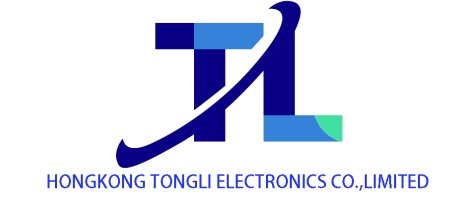Multiple Chip Firms Post Strong Results as Global Memory and AI Chip Markets Heat Up
In the first half of 2025, several companies in the chip industry delivered outstanding performance, while the global memory and AI chip markets also maintained a vigorous development momentum.
According to Lianyun Technology’s semi-annual report, the company achieved operating revenue of 610 million yuan in the first half, a year-on-year increase of 15.68%. Its net profit reached 56 million yuan, up 36.38% year-on-year, and the non-net profit (net profit excluding non-recurring gains and losses) surged by 99.18%. The performance in the second quarter was even stronger: operating revenue stood at 369 million yuan, net profit at 81 million yuan, and non-net profit at 69 million yuan, with year-on-year growth rates of 18.82%, 161.56%, and 526.70% respectively. This growth was driven by the recovery of downstream demand and the development of AI, which boosted the demand for data storage. Additionally, the increased revenue share of high-margin PCIe Gen4 SSD main control chips also contributed to the strong performance. Among Lianyun Technology’s products, data storage main control chips ranked first in terms of revenue. The shipment volume of PCIe Gen4 main control chips rose by 42.85% year-on-year in the first half, and PCIe Gen5 products have already been shipped. However, the net cash flow from operating activities remained negative in the first half, and the revenue of AIoT chips decreased slightly. Meanwhile, the company’s R&D investment reached 249 million yuan, accounting for 40.89% of its operating revenue.
The global DRAM market also witnessed a boom. In the second quarter, its scale hit a record high of 32.1 billion US dollars, with a quarter-on-quarter increase of 20% and a year-on-year increase of 37%. SK Hynix, Samsung, and Micron remained the top three players. Taiwan-based Nanya Technology and Winbond Electronics benefited from price hikes, achieving growth in both revenue and market share. Chinese memory chip manufacturers are expected to increase their market share by leveraging the price uptrend of traditional DRAM, and the market is likely to maintain its growth momentum in the second half of the year.
In the AI chip sector, NVIDIA’s upcoming Q2 financial report (covering May-July) is highly anticipated by Wall Street, with expectations of “the best quarterly performance in history”. According to data from market research firm LSEG, NVIDIA’s Q2 revenue is projected to reach approximately 45.9 billion US dollars, a year-on-year increase of 53%, exceeding the 44.1 billion US dollars revenue in the first quarter. This is attributed to the increased demand for GPUs driven by major tech companies such as Google, Microsoft, Meta, and Amazon, which have made heavy investments in AI. Nevertheless, uncertainties in NVIDIA’s Chinese business pose a challenge—China accounted for about 13% of NVIDIA’s total revenue last year, and current demand there is hard to predict. Recently, NVIDIA requested suppliers to stop producing H20 AI chips for the Chinese market; although the US allows sales, additional conditions led to the production halt. However, some opinions suggest that AI computing demand, mainly from North America, may offset the losses in the Chinese market, and the rapid expansion of global AI infrastructure investment will not significantly hinder NVIDIA’s growth in the long run.
Meanwhile, the AI training-specific ASIC market is emerging as a new highlight. Research institutions estimate that the shipment volume of AI training-specific ASIC chips will reach up to 5 million units this year, with a year-on-year increase of over 20%. The compound annual growth rate of ASIC chip shipments is expected to soar by 70% from 2024 to 2026. Cloud service providers like Amazon and Meta are also advancing related products—Amazon plans to launch Teton 2 cabinets using Trainium 2/2.5 in the second half of the year, which is expected to drive ASIC chip shipments up by over 40%; Meta intends to gradually start mass-producing Minerva cabinets equipped with its self-developed MTIA chips from the second half onwards, aiming to reduce costs and dependence on external suppliers like NVIDIA.
